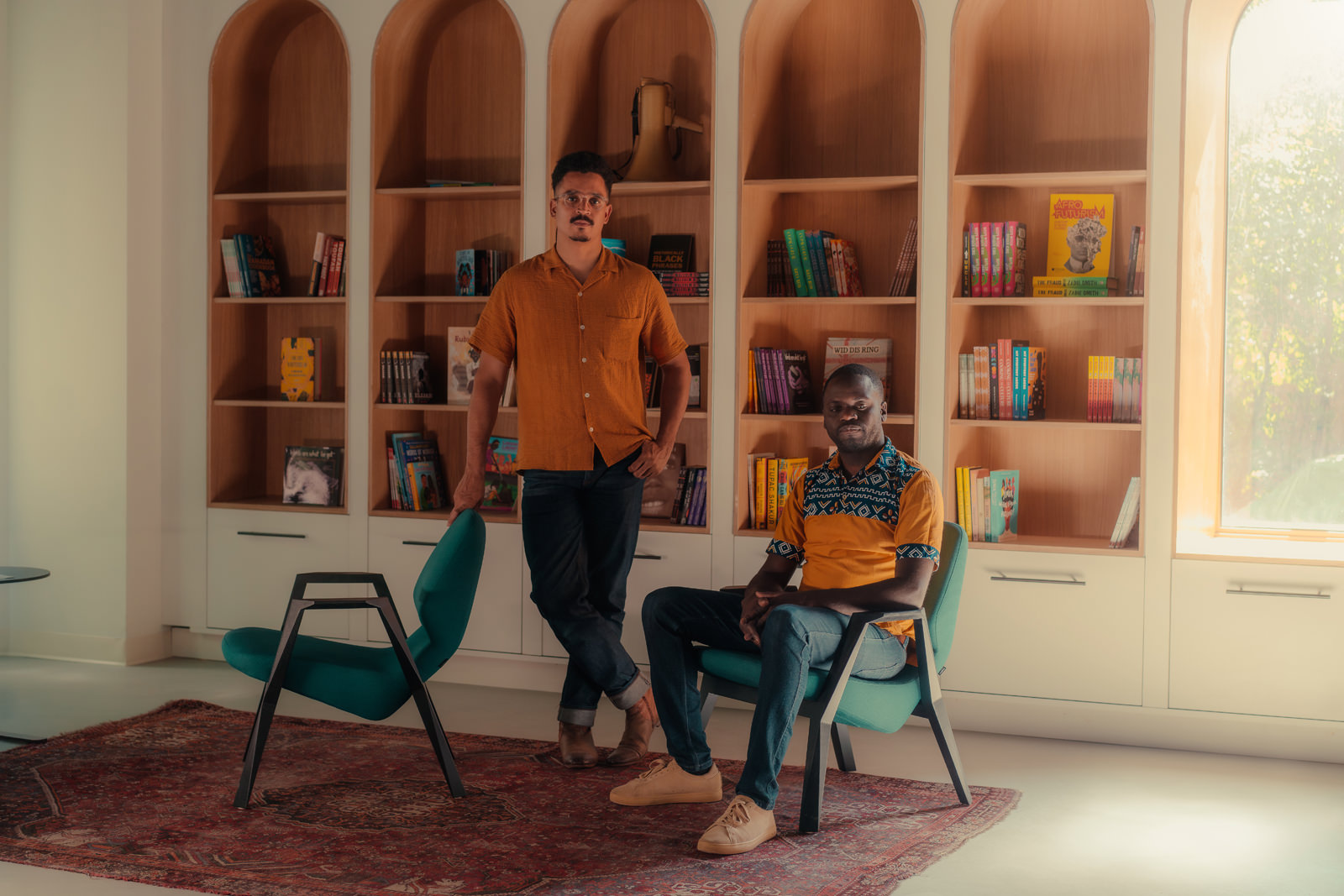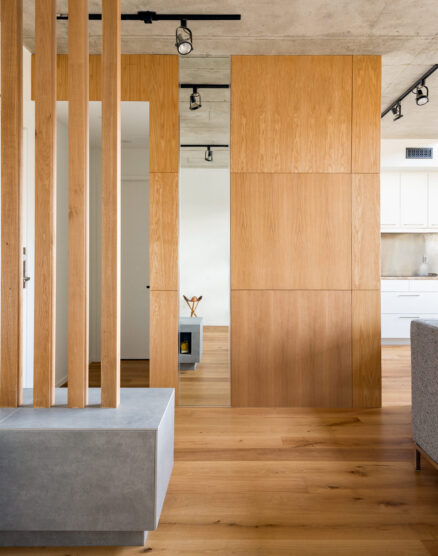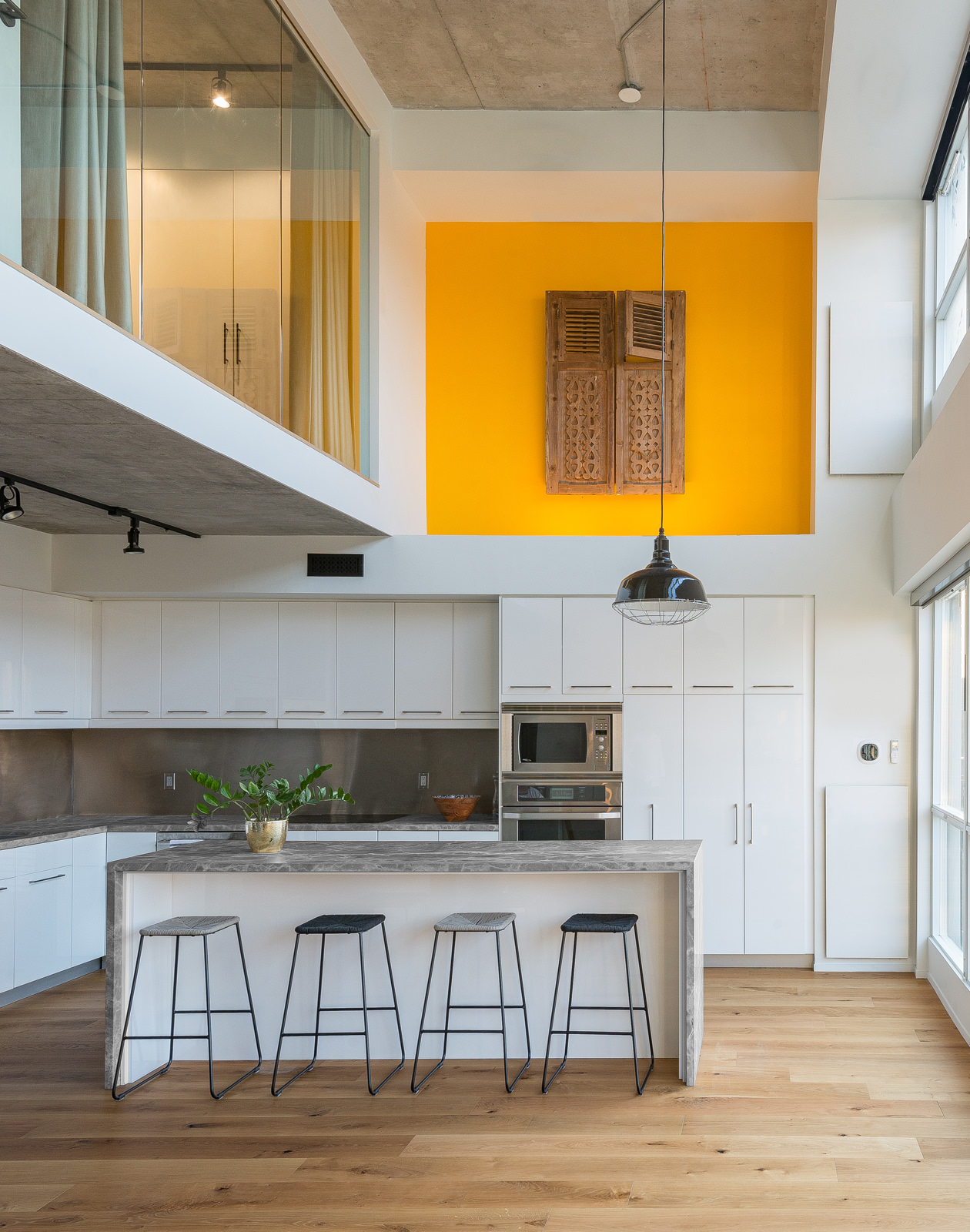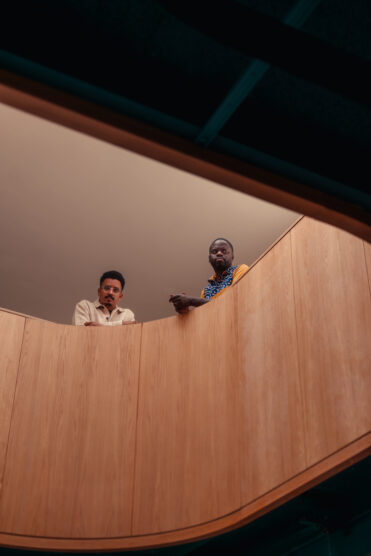
Toronto’s Studio of Contemporary Architecture Is Creating Socially Responsible Spaces
Tura Cousins Wilson and Shane Laptiste are architects of inclusion.
“Before the real city could be seen,” Michael Ondaatje quipped in his 1987 novel In the Skin of a Lion, “it had to be imagined.” Drawn from the writer’s fictionalized account of the lives and legacies of immigrant communities in Toronto, the evocative sentiment opened the recent exhibition Toronto Imagined by local architecture practice Studio of Contemporary Architecture (SOCA). Founders Shane Laptiste, who grew up in Montreal and trained at McGill, and Tura Cousins Wilson, a native Torontonian who graduated from Delft University of Technology in the Netherlands, engage an almost dizzying array of scales and scopes, oscillating between examining quotidian elements of urban life and offering bold visions for a more inclusive city. Accordingly, the presentation was a collection of their proposals for Toronto’s everyday landscapes stretching from Little Jamaica to Alexandra Park. Cousins Wilson and Laptiste conceptualize future scenarios centred on increased access for the citizens of the diverse and dense metropolis.
In the just over four years since its founding, SOCA has garnered widespread acclaim and a host of accolades for these inventive proposals—built and conceptual—that elevate communities often relegated to the sidelines. They aim to recentre marginalized perspectives, giving agency and voice to overlooked narratives or groups while advocating for the expanded role of architects in progressive spaces. Unsurprisingly, this work has been featured in numerous national and international venues, most notably as part of the last Venice Architecture Biennale. Yet, it’s Laptiste and Cousins Wilson’s insistence on embracing meaningful partnerships, and simultaneously building both material and metaphoric structures that continue to resonate. Or as Cousins Wilson coyly puts it, “We’re just excited about the future.”
The pair first met in 2018 while establishing BAIDA (Black Architects and Interior Designers Association of Canada), an advocacy group to support diversity, equity, and inclusion within the profession. A subsequent ideas competition sponsored by the Ontario Association of Architects saw the two briefly reunite while pursuing their independent practices and projects. “After that,” Laptiste recalls, “Tura and I saw opportunities to come together and collaborate fully.” Cousins Wilson adds, “It didn’t start as a formal partnership where we planned to work together, but it evolved over time.”

For King West Loft, located in Toronto’s King West neighbourhood, it was important that SOCA feature design elements that could both define space and serve multiple functions.

In its current incarnation, SOCA explores, as its name suggests, the interrelations between the constructed environment and present-day life. The handle is also a subtle nod to soca music—a genre originating in Trinidad and Tobago infusing traditional calypso with reggae, Latin, and other influences—and the founders’ shared Caribbean roots. Operating out of Toronto’s Leslieville neighbourhood as a lean team of four, “it’s not a firm led by one person,” Cousins Wilson emphasizes. Collaboration and dialogue drive much of the practice, and partners range from friends and former colleagues to a growing list of local organizations like Black Urbanism TO and CP Planning. “We’re really eager,” he adds, “to learn from other approaches.”
These strategic partnerships have enabled the firm to begin realizing its aspirations for larger public sector work, skirting the barriers of an industry where pursuing such ambitious civic agendas proves challenging. “It’s been a great opportunity to explore while being able to have a broad array of projects, a broad array of scales relative to our size,” he says. For instance, a joint effort with Edmonton-based Stephens Kozak Architects in 2021 produced a spartan but meticulously crafted brick-clad pavilion at the edge of Collingwood and Blue Mountain in rural Ontario. Comprising two light-filled change rooms and five gender-neutral washrooms (three fully accessible), the completed Fisher Field Clubhouse also provided room to engage issues of equity foundational to Laptiste and Cousins Wilson’s approach.
SOCA’s collaborations are often grounded in Laptiste and Cousins Wilson’s cultural and social worlds. “We’ve been really interested in things that aren’t specific to architecture but end up being engaged in communities,” Cousins Wilson explains, “specifically our community, Canada’s Black communities, and the arts community.” When Black Artists’ Networks In Dialogue looked to expand its existing gallery space in a renovated residence in Toronto’s Parkdale neighbourhood, it brought SOCA in to help extend the organization’s footprint by transforming the building into a significant cultural hub. Confronting the inherent tensions of a Black institution occupying a former Victorian home, Laptiste and Wilson inverted the spatial and cultural logic of the three-storey addition to make the back door—or “Black door,” as they describe it—the main entrance. The rear entrance became “a place of pride, celebration,” according to the architects, as the austere pale-brick addition adds a sense of authority and gravitas to BAND’s expanded presence in the city.

Soon after, the studio was tapped by the Gardiner Museum to helm the design of Kenyan British potter Dame Magdalene Odundo’s expansive exhibition. Invoking the elemental nature of her ceramics as well as the surrounding objects on view, two circular monolithic plinths were clad in dark plaster. Additional plinths danced along perimeter walls coated in a textured limewash paint. The cumulative effect was an atmosphere seemingly rooted in the very earth from which the clay objects originated. More open-ended ventures, such as SOCA’s vibrant proposal for Little Jamaica, the historic Caribbean enclave that runs along Eglinton West, are less concerned with building but instead “creating inspiration for the community,” according to Laptiste, and providing a platform “for other organizations to build off of.”
___
Such sensitivity to the bonds between architecture and culture, community and context, is a throughline in the studio’s output. “Architecture is one mode of expression,” Cousins Wilson explains, “a tangible expression that reflects the ideals within a larger culture.”
For us, it’s about being informed by what’s happening in these various communities.” From a multihyphenate arts space on Queen West to a washroom pavilion in High Park or even a new home for Black Lives Matter Canada to nurture radical creativity and experimentation, “it’s important that architecture supports and enhances culture but is also integrated within the culture,” Laptiste maintains.
However, the slowness of architecture relative to the pace of progressive conversations is a hurdle both designers recognize. Challenging the limits of traditional practice, SOCA places research and speculation on equal footing with constructed work. Both principals teach at academic institutions, offering space to “step back from the day-to-day of delivering a full-fledged service,” Cousins Wilson says, and the “opportunity for architecture to be critical.” But even in more conventional residential interiors, deep wells of research come to bear on SOCA’s work. “With projects where we feel a certain familiarity,” Laptiste says, “we still continue to see what nuggets of history, context, and more we can explore.” While renovating the Edwardian home that once belonged to Cousins Wilson’s grandmother, they used historical records from the city archives to reconstruct the now vibrant yellow porch as an homage to the late matriarch’s favourite hue as well as her Jamaican heritage. The result was a new connection between the over 100-year-old residence and the community. Cousins Wilson even married there shortly afterward with friends, family, and neighbours in attendance.

Magdalene Odundo: A Dialogue with Objects exhibition design for the Gardiner Museum in Ontario.
“In very few projects that we start, the scope ends up at the same point,” Laptiste says jovially. “It usually expands, grows, and flexes. It gets bigger or adapts. That’s emblematic of the part of research and the way we approach things.” Supported by the prestigious Prix de Rome in Architecture, the duo’s current project, Black Community Resilience, was a coincidental outgrowth of a more pragmatic commission for a residence in Barbados that could withstand the area’s environmental conditions. Having just returned from the Caribbean on the first leg of the international research expedition, the pair already have set their sights on further locations across the United States and Europe. Visiting Black cultural spaces, affordable housing, and climate-resilient projects in tandem with meeting those involved, this “journey to connect with people,” he says, is a means of not only “seeing things first hand” but also acquiring critical knowledge for the studio’s local endeavours.
As their reference to Ondaatje attests, imagination remains central to this continued process of materializing more just, liberatory, and inclusive places, whether a performing arts facility aiming to revive a brutalist landmark or a feasibility study oriented toward disability justice for a nearby dance studio. With each project, collaboration, investigation, and projection, SOCA moves such visions and ideals closer to reality. By occupying a singular territory between construction and speculation, Laptiste and Cousins Wilson are charting a form of practice where making space and building community are not isolated ideas or even parallel streams but inextricably one and the same. “Architecture and culture,” Laptiste affirms, “are inseparable.”




